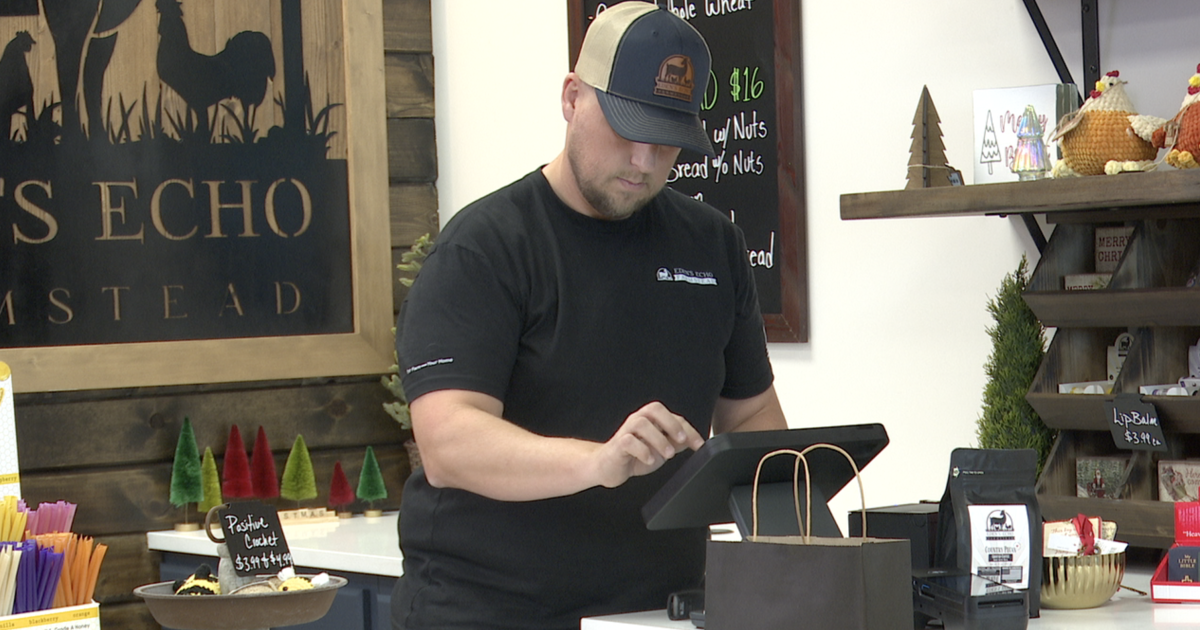Despite the rapid advance of digital technology, Brazilian consumers remain deeply attached to brick-and-mortar retail. According to Ernesto Cunha, director of consumer business at 3M—owner of brands such as Post-it, Durex, and Scotch-Brite—the explanation has less to do with technology and more with cultural habits. Brazilians, he says, still prefer to touch, compare, and evaluate products in person before making a decision.
“Even with the expansion of e-commerce, the shopping journey remains hybrid. Consumers discover products online through videos, reviews, and tutorials, but the final decision happens at the point of sale. Online, you explain; in person, you confirm,” he notes.
Below are the main points from his interview with Valor:
Valor: How do you define innovation when the focus is on marketing and consumer behavior?
Ernesto Cunha: Innovation is not just about creating something new in the lab. It starts with understanding what consumers need and translating that into a real, usable, marketable product. There is no point in having a good idea if it does not reach the market in a way that makes sense and is accepted. Innovating means giving concrete form to a need—and then clearly communicating that to consumers with quality, safety, and purpose.
Valor: Does the coexistence of generations in companies and in the market change business dynamics?
Cunha: It changes a lot—and, in my view, for the better. When you bring together people just entering the job market with a strong digital repertoire and professionals with deep knowledge of each category, channel, and historical purchasing behavior, you create a much better-prepared team. This coexistence is fuel for discussing the future.
Cunha: People entering the market today bring a different speed, different references, and a different way of looking at technology, community, and purpose. Those who have been around longer know precisely how each product behaves in the market, how consumer behavior has evolved, and what the demand cycles are. When you combine these two perspectives, you gain a complete understanding of consumer behavior—both the new patterns shaped by social media and the more established patterns that explain why certain categories have worked the same way for decades. In the end, being multigenerational has become a competitive advantage.
Valor: Why do Brazilians remain so attached to physical stores?
Cunha: Because they like to pick things up, see them, compare them. It’s cultural. Even with the growth of e-commerce, Brazilian consumers still make most of their purchases in physical stores. What we see is a hybrid cycle: they discover the product online, learn about it, watch videos and read reviews, and then go to the store to confirm. That’s why every brand needs a 360° plan. Online, you explain; in physical stores, you confirm. In our categories, such as tapes or sponges, this logic is even stronger. Consumers like the sensory experience. The trend is not for digital to replace physical, but for brands to learn how to integrate the two worlds.
Valor: To what extent have social networks transformed product discovery and the consumer decision-making process?
Cunha: Social media has become the main center of gravity for communication. In just a few years, most companies’ budgets have migrated there—because that’s exactly where consumers discover products, compare solutions, and form opinions. We are all influenced several times a day as we scroll through our feeds, and this impact is far from superficial. Social media is where trends are born, where products come to life, and where people learn how to use a solution. For marketing professionals, ignoring this means losing new customers. Social media helps test narratives, understand what engages people, and translate innovation simply. Today, any company that does not take social media seriously risks no longer speaking the consumer’s language.
Valor: Why has the role of influencers become so central?
Cunha: Because influencers explain and demonstrate. For many products—especially those that require guidance—influencers fulfill a role that traditional advertising cannot achieve in 15 seconds. Today, we work with a mix of strategies: influencers, digital campaigns, merchandising, and traditional media. And yes, we have increased our investment: about 15% more in influencers and 30% more in overall communication compared to last year.
Valor: How can brands keep up with a consumer journey that is mobile, fragmented, and spread across multiple digital environments?
Cunha: By becoming increasingly digital and more connected to behavior. People will spend even more time on screens. The migration of resources to streaming is already underway. For the first time, we are investing in these platforms because that is where consumers are. The challenge is following this fragmented journey—knowing which screen they’re on, at what moment, and with what intention.
Valor: Do fast-moving behavioral trends on social media—often noisy but very specific—actually influence the market?
Cunha: Most of the time, not much. Some trends gain significant visibility but have a limited impact on total consumer behavior. It’s essential to monitor them, of course, but you cannot build your entire plan around isolated movements. What truly drives change are deeper trends: usage patterns, behavior, sustainability, and convenience. Those are the forces that reshape categories.









